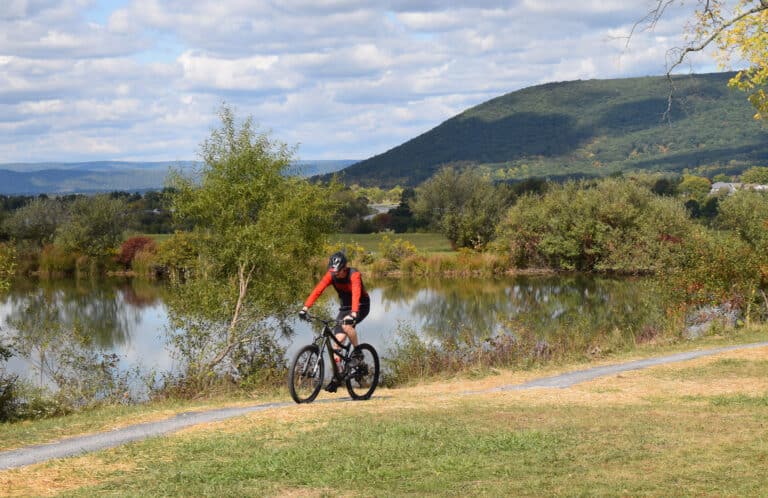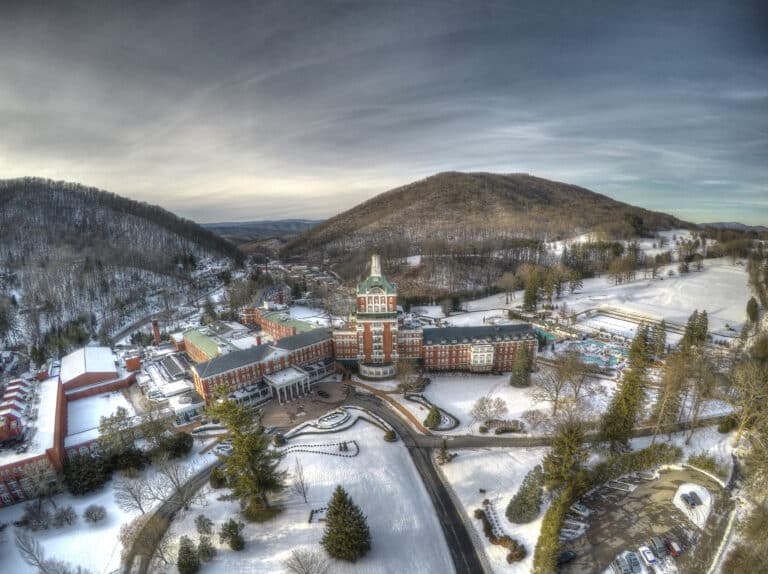Dear EarthTalk I’ve heard of extremely environmentally friendly homes and communities called “Earthships” popping up across the U.S. What are they exactly? — Kelsey Kuehn, Kirtland, OH
An Earthship is a kind of passive solar home—or community of homes—typically made of natural and recycled materials such as old tires and recycled cans. Such homes make use of non-polluting renewable energy sources and smart design to meet most if not all heating, cooling and power needs. The term Earthship, coined by self-proclaimed “biotect” Mike Reynolds, is derived from the homes being in and of the Earth—that is, constructed responsibly out of earthen materials and built into the ground. It also refers to living in a ship, which requires inhabitants to be autonomous from outside help (such as a power grid).
The concept has spread well beyond from its roots in the desert surrounding Taos, New Mexico. Besides being the headquarters for Reynolds’ Earthship Biotecture business, the Taos area is also home to several Earthship communities which generate their own power without contributing to the atmosphere’s growing carbon load and make use of local recycled materials to minimize resource use.
Construction materials in Earthship homes vary according to what particular recycled items are plentiful and useful in a given locale. The New Mexico versions usually consist of exterior walls made from earth-filled tires stacked like bricks and covered in stucco or adobe. These thick outer walls employ “thermal mass construction” to naturally regulate indoor temperatures. Wintertime heating is provided primarily by the Earthship’s layout and orientation, with windows on the sunny sides of the building letting in light and heat. A properly constructed Earthship can maintain a comfortable indoor air temperature with plentiful natural ventilation all year-round with little or no help from power-hungry heating or cooling equipment.
According to the website Greenhomebuilding.com, some other common features in Earthship homes include: curving interior walls fleshed out with recycled cans mortared together with concrete; rooftop water catchment; reuse of so-called gray water for landscaping irrigation and plumbing; composting toilets; and other cutting-edge eco-friendly techniques and technologies.
Earthship Biotecture makes available via its website several books and videos outlining different perspectives on the Earthship concept, as well as practical information on how to build one of your own. The website also provides a wealth of information on existing Earthships and helps those interested in the concept connect with one another via a global network of builders and enthusiasts. It is also a great place to find an existing Earthship home for sale or rent. The firm also offers internships with Michael Reynolds and other leading practitioners in the emerging discipline.
Earthships can be found in most U.S. states today, though New Mexico is the leader, followed closely by Colorado. Several have sprung up in England and France as well as in South Africa, among other countries. And with more and more governments tightening up their building codes to require increased energy efficiency and smarter use of resources, Earthships are bound to become even more popular.
CONTACTS: Earthship Biotecture, www.earthship.net; Greenhomebuilding.com, www.greenhomebuilding.com.
SEND YOUR ENVIRONMENTAL QUESTIONS TO: EarthTalk®, P.O. Box 5098, Westport, CT 06881; [email protected]. Read past columns at: www.emagazine.com/earthtalk/archives.php. EarthTalk® is now a book! Details and order information at: www.emagazine.com/earthtalkbook.







